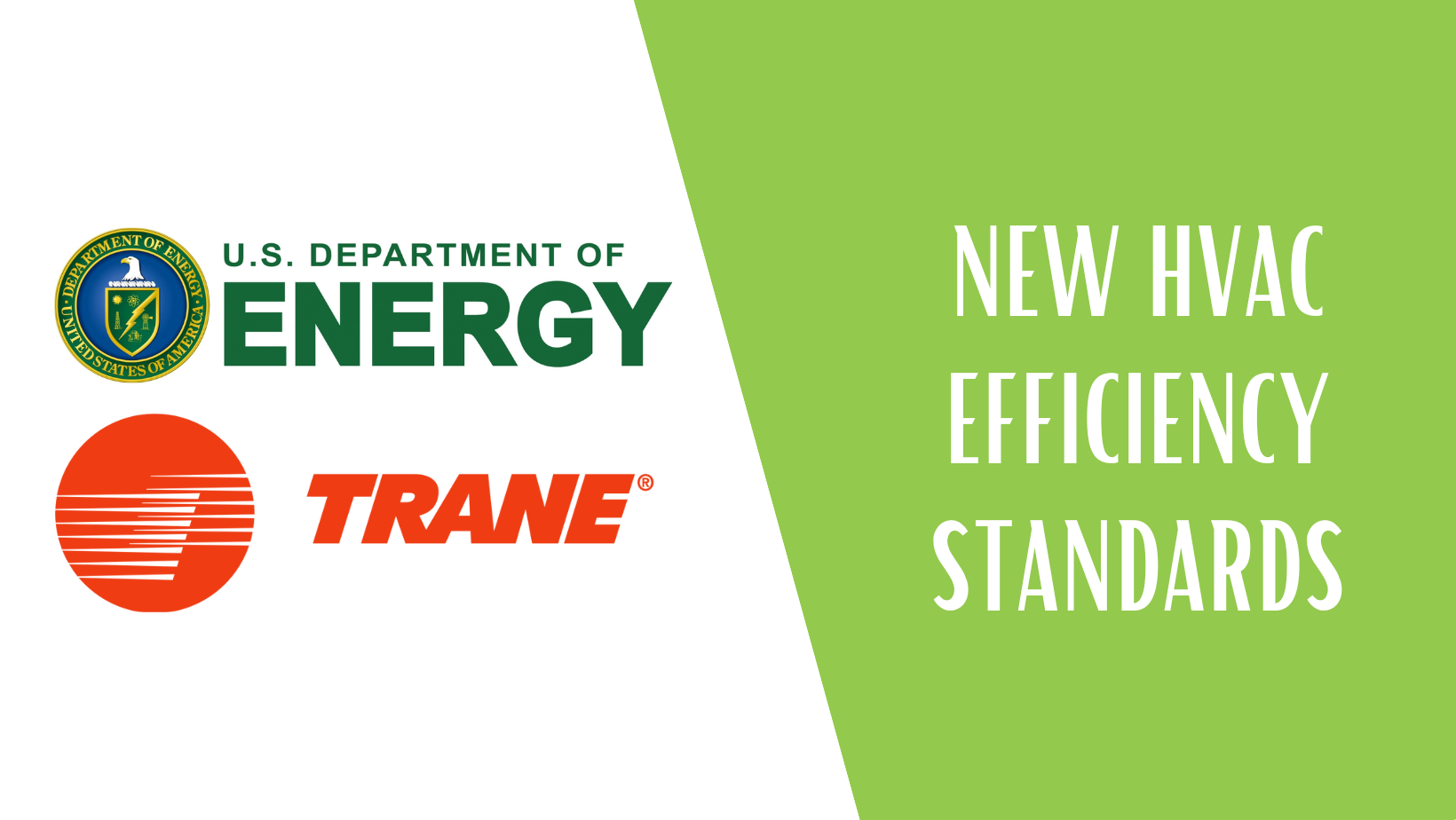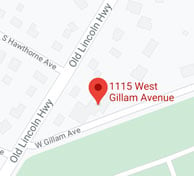Every six to seven years, the Department of Energy (DOE) reevaluates the basis for standard efficiencies for heating and air conditioning products in an effort to reduce energy consumption across the U.S. To meet these new standards, Trane has introduced a line of DOE-compliant products, making it the most efficient lineup of products they have ever offered.
Trane provided us with all the information on changes that are taking place, so we put together the key highlights for consumers below.

What is changing?
On January 1, 2023, the Department of Energy’s new minimum efficiency standards will go into effect. The changes include: (1) New minimum efficiencies for all split air conditioners, heat pumps, packaged units, and ductless; (2) A more rigorous testing standard (known as the ‘M1 Standard’) which will produce new efficiency rating metrics.
Why is there a change?
Efficiency standards change about every six years in an effort to reduce overall energy consumption. The DOE continually reviews the energy usage of certain home appliances and mechanical systems. If it is determined that an increase in energy efficiency requirements is justified, higher requirements like these are put into effect.
How is the new testing procedure, the M1 Standard, different?
Although the new standards will create higher efficiencies as a minimum standard, it is the testing procedures that are more rigorous to meet the “M1 Standard”.The main change is the increase of external static pressures (now a 0.5 standard) which is five times more than the current 0.1 minimum requirement. This will result in increased blower motor watt usage, resulting in lower reported energy efficiency ratings.
Due to this new procedure, there will be new metrics and ratings: SEER2, EER2 and HSPF2. For example, the current minimum efficiency for most residential equipment is 14 SEER. The new M1 minimum standard will be 14.3 SEER2, which is about equivalent to today's 15 SEER. As another example, today's 16 SEER is equivalent to the new 15.2 SEER2.
Are there installation deadlines?
Installation deadlines will vary by region. In the North, split system air conditioners, split heat pumps, and single-packaged products manufactured prior to January 1, 2023 that do not meet the new M1 standards may still be installed on or after January 1, 2023.
In the Southeast and Southwest regions, split system air conditioners that do not meet the new M1 Standards will not be allowed to be installed on or after January 1, 2023. Split system heat pumps and single packaged products manufactured prior to January 1, 2023 may be installed on or after January 1, 2023.
Why are there different requirements by region?
Because air conditioners are used more in warmer climates, a system with a higher efficiency provides an opportunity for greater energy savings.
Want to watch a more in-depth video on Trane's new DOE regulations? Click below!
If you live in the Delaware Valley/Greater Philadelphia area and would like to find comfort within your home, visit our website or give us a call at 215 - 245 - 3200 to learn more.



